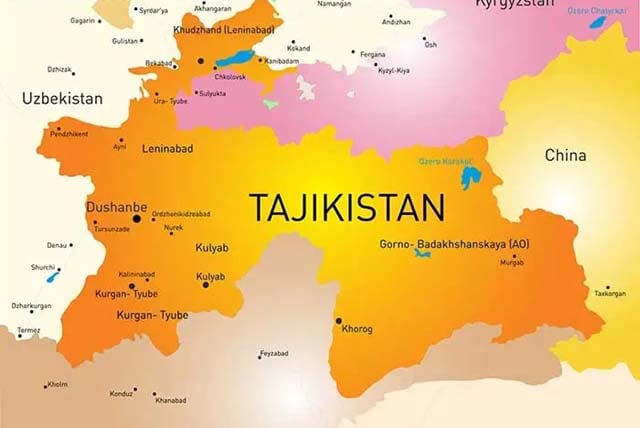
Tajikistan’s main businesses
Tajikistan, a landlocked country in Central Asia, has an economy primarily driven by agriculture, energy production, and mineral extraction, with a growing focus on trade and infrastructure development. Here is an overview of the country’s main business sectors:
1. Agriculture
Agriculture is a cornerstone of Tajikistan’s economy, employing a significant portion of the population. The fertile Fergana Valley and river basins support the cultivation of cotton, wheat, fruits, and vegetables. Cotton, often referred to as “white gold,” remains one of the country’s largest export commodities. Horticulture, including apricots, apples, and nuts, also plays a vital role, contributing to food security and export earnings.
2. Energy Production
Tajikistan has immense hydropower potential due to its mountainous terrain and abundant water resources. The country produces about 98% of its electricity from hydropower, ranking among the world’s largest hydropower producers relative to its size. Major projects like the Rogun Dam, the world’s tallest dam, aim to increase energy production for domestic use and export to neighboring countries like Afghanistan and Uzbekistan. Tajikistan also exports surplus electricity, particularly during summer months.
3. Mining and Mineral Resources
Tajikistan is rich in mineral resources, including gold, silver, coal, and antimony. Gold mining, in particular, is a major industry, with deposits located in Sughd Province and other regions. Chinese and Russian companies have heavily invested in mining projects, providing a boost to the sector. Tajikistan’s mineral wealth presents opportunities for foreign investment and technology transfer.
4. Textile and Light Manufacturing
Tajikistan’s textile industry focuses on processing locally produced cotton into yarn, fabric, and garments. Efforts are underway to move up the value chain by encouraging domestic production of finished textiles for export. Small-scale manufacturing, including food processing, beverages, and consumer goods, also contributes to the economy, supporting local employment.
5. Trade and Retail
The country’s strategic location on the crossroads of Central and South Asia positions it as a key player in regional trade. Tajikistan is a member of various trade initiatives, including the Belt and Road Initiative (BRI), which has facilitated investments in road and rail infrastructure. Domestic trade is centered in markets like Dushanbe, Khujand, and Khorog, where retail businesses cater to local and imported goods.
6. Tourism
Tajikistan’s stunning natural landscapes, including the Pamir Mountains and Fann Mountains, attract adventure tourists, trekkers, and mountaineers. The government has promoted tourism as a growth sector, highlighting cultural heritage sites and eco-tourism opportunities. The sector, however, remains underdeveloped, requiring better infrastructure and marketing.
7. Financial Services
Tajikistan’s financial sector is small but evolving. Local and foreign banks, such as Orienbank and Amonatbank, provide services for businesses and individuals. Microfinance institutions play a crucial role in supporting small businesses and agricultural enterprises. However, access to credit and financial inclusion remain challenges.
8. Foreign Investment and Infrastructure
China and Russia are the largest investors in Tajikistan, funding projects in energy, mining, and infrastructure. Roads, tunnels, and bridges built with foreign aid have improved connectivity. The government actively seeks investment in priority sectors like hydropower, mining, and textiles.
Challenges and Opportunities
Despite these strengths, Tajikistan faces challenges, including reliance on remittances, limited industrial diversification, and a complex regulatory environment. Opportunities lie in modernizing industries, leveraging trade partnerships, and developing renewable energy and tourism.
Tajikistan’s main businesses are characterized by their reliance on natural resources, geographical advantages, and growing regional connectivity. Strategic investments and reforms could unlock further economic potential.



Leave a Reply